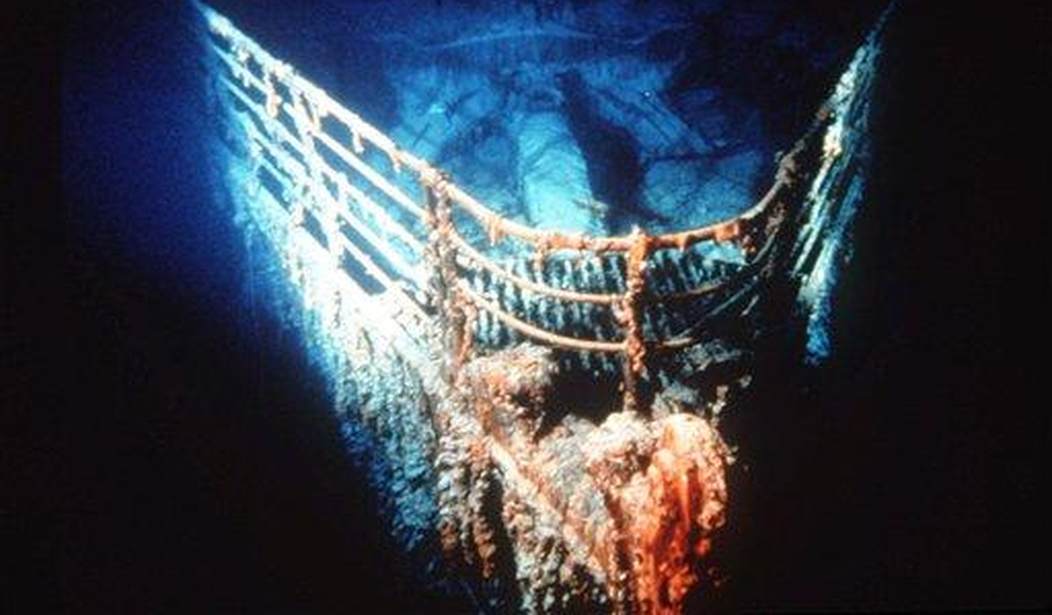The hours tick by, as the world continues to hold out hope that the deep-sea tourists who were exploring the wreckage of the Titanic in a sub are still alive.
As my colleague Streiff wrote earlier on Wednesday, the Titan, a commercial submersible, lost contact Sunday with its surface support ship, just under two hours after it began its journey to 12,500 feet below the waves.
Streiff reported:
Though the air supply on the submersible runs out Thursday, there was fresh hope that the crew might still be alive Wednesday when aircraft-deployed sonobuoys detected “banging” at regular intervals.
Aboard the Titan are Hamish Harding, a 58-year-old British businessman and explorer; British businessman Shahzada Dawood and his son, Suleman Dawood, 19; 77-year-old French explorer Paul-Henry Nargeolet, and Oceangate CEO Stockton Rush.
(see: Mysterious Undersea Banging May Indicate Titanic Explorers Are Still Alive)
Now, in an exclusive interview with U.K. publication The Sun, a British multimillionaire says he was supposed to be one of the passengers on the Titan, and explains why he decided to cancel.
Chris Brown, a 61-year-old digital marketing magnate, says that he and his friend Hamish Harding were early supporters of OceanGate’s submersible project. In the interview, he strikes a hopeful note about Hamish and the other passengers:
I feel really upset about Hamish — he’s an extremely easy guy to get along with.
One thing’s for certain, Hamish isn’t the sort of fellow to panic. He’ll be extremely calm and will be processing plans, schemes and ideas through his enormous brain.
I fully expect he’ll be a calming influence on the others in the sub, and will be giving them hope.
Brown told The Sun that he and Harding first heard the company’s plan to ferry people to the Titanic site in 2016, and decided to fork over the 10 percent buy-in over a couple of beers:
The two Brits were holidaying on Sir Richard Branson’s Necker Island that year when they decided to join a Titanic mission.
At the time both paid a ten per cent deposit on the then £80,000 [$100,000] voyage after a “few beers.” […]
Chris said: “I was one of the first people to sign up for this trip with OceanGate while the submersible was being developed.”
But as he learned more details about the project, Brown says he became uncomfortable with what he was hearing. He started to suspect OceanGate “was cutting too many corners”:
I found out they used old scaffolding poles for the sub’s ballast — and its controls were based on computer game-style controllers.
If you’re trying to build your own submarine you could probably use old scaffold poles. But this was a commercial craft.
Indeed, the controls they had to pilot the craft was “a modified Logitech gaming controller — complete with twin thumbsticks and four colourful buttons, that allow the operator to manoeuvre the sub,” according to The Sun piece.
There were other red flags, Brown says, like when the company “missed key targets as they depth-tested Titan.” Brown had seen enough, and contacted OceanGate to get his deposit back:
“Eventually I emailed them and said, ‘I’m no longer able to go on this thing’. I asked for a refund after being less than convinced.”
He says that while he’s “not one to shy away from risk,” in this situation, “the risks were too high.”












Join the conversation as a VIP Member